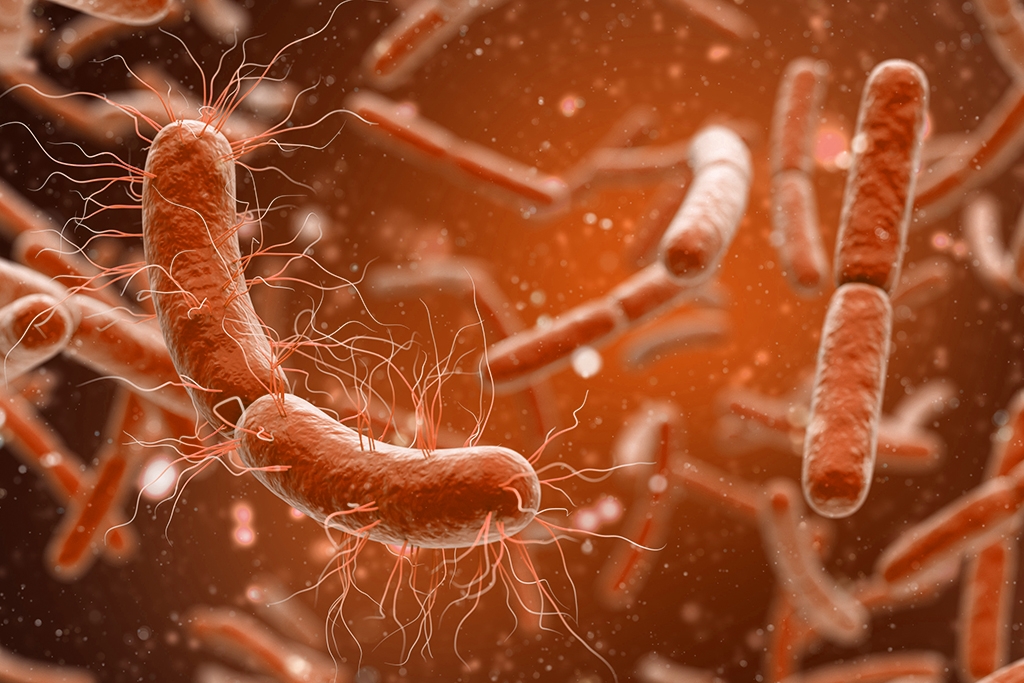Shedding light on Salmonella host cell invasion mechanisms
SciLifeLab Fellow Mikael Sellin (Uppsala University) and his team shed light on the Salmonella host cell invasion mechanisms by using chromosomally tagged strains.
Salmonella enterica serovar Typhimurium (S.Tm), a common and widespread bacterium, invades epithelial cells in the gut mucosa and later on, during the infection, also a variety of immune cells.
S. Tm gains entry to the host cell by translocating effectors straight into the cytoplasm by using a secretion system shaped like a small needle. The effectors then force actin filaments to form ruffles on the cell membrane which subsequently engulfs the invading bacterium. In addition, several other entry mechanisms exist, including passive uptake (phagocytosis) by macrophages. How the invasion strategies varies between different host cell types is still poorly understood, however.
In a recent study, led by Mikael Sellin (SciLifeLab/Uppsala University), the researchers developed a new method, based on chromosomally tagged (barcoded) bacterial strains, to study wild type and mutant S. Tm invasion mechanisms across a variety of host cell types and conditions. The researchers were able to quantify which invasion events relied on secretion system-mediated entry, passive uptake, or other mechanisms, in epithelial, monocyte, and macrophage cells.
“This allows for a previously unattainable level of precision and will be powerful methodology when addressing other host-pathogen interactions in diverse contexts”, says first author Maria Letizia Di Martino.
The study is published in the latest issue of the journal mBio.





